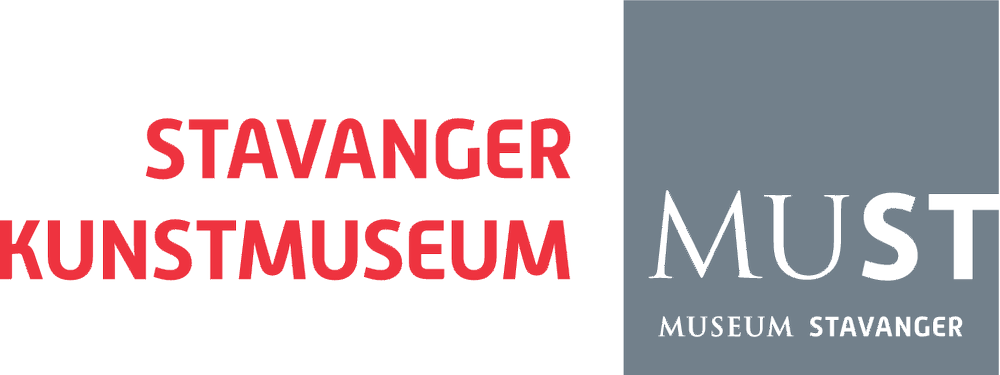MARI KOLBEINSON
Born 1989 in Stavanger. Lives and works in London.
Mari Kolbeinson completed a master’s degree at the art academy in Bergen in 2015 and is currently doing further studies at the artist-run Turps Art School in London. She works mostly with paintings, using an analytical approach to explore all their components and aspects as well as possibilities and limitations. This is an ongoing process expressed through installations, videos, oil on canvas and partly performative works. She studies the structure of a painting, its individual parts and how they cohere. A frame made of pieces of wood moulding nailed together, and a surface – most often canvas with paint – are the requisite elements for what we traditionally categorise as a painting. In a deconstructive process, Kolbeinson takes these elements apart and puts them back together in new ways. She stacks, folds, shoves, hangs and balances the various elements of a painting on and inside each other, thus making a new symbiotic construction. Each part has equal importance in the work, and if one part is removed, the whole work collapses.
Several of Kolbeinson’s works explore the interdependence of their own respective parts – an interdependence that can easily be interpreted as a picture of human relationships. One example would be of the way in which people give and receive support. In NN-A NN-A NN-A, Kolbeinson presents the work Paperfold II: Furu, Kitty og kuppelen (Paperfold II: Pine, Kitty and the Cupola). Here wooden planks are situated diagonally in the room, partly hovering over but also partly resting on the floor. The wood is supported and lifted up from the floor by folded paper, which is wedged between the pieces of wood and thus also held up by them. In this way the paper exercises a supporting function, but so also the wood. The wood’s strength stands in contrast to the paper’s fragility, a quality further highlighted by acrylic paint in delicate pastel tones.
In addition to exploring the properties of a painting by taking it apart and putting its pieces back together in a new sculptural constellation, Kolbeinson is also interested in what happens in the viewer’s encounter with the work. The three-dimensional form allows the viewer to explore the work from several angels, such that the visual memory and cumulative experience of it fix themselves as a unique and personal experience. This deconstructive, process-oriented approach to a painting, with its symbolic layers of interpretation and recollection, is something Kolbeinson has explored and developed in several earlier works. It is a method also used by artists such as Mary Heilmann and René Daniels, where each artwork builds on an experience with a foregoing work, and it enables a flowing, process-oriented dialogue and a connection between the works of art to arise.
The movement called Concrete art, which emerged in Germany in the 1930s, is characterised by simple geometrical forms. Detached from any ideal or effort to represent nature or other worldly phenomena, Concretism stood as an independent and rational visual language that expressed no political attitudes or hinted at any meaning above and beyond the forms themselves. In Kolbeinson’s effort to break painting’s structures down to the level of its individual components, she works – like the Concretists, Minimalists, Bauhaus and other related artistic movements – with an abstract and geometrical expression. But rather than identifying with the original Concrete movement, she is inspired by the Neo-Concrete art that emerged somewhat later, in Brazil, in the 1950s and ‘60s. Formally speaking, the two movements are closely related, but in contrast to the first movement, which was both neutral and extremely rational, the Neo-Concrete art adopted a phenomenological approach to the elements in a work of art. The forms were no longer self-referential. How they appeared and were experienced by the viewer was also awarded significance. This intention we also recognise in Kolbeinson’s way of relating to the painting, which is itself the starting point for the constellations, and, not least, for the concept of abstraction.
Text by: Maiken Winum


